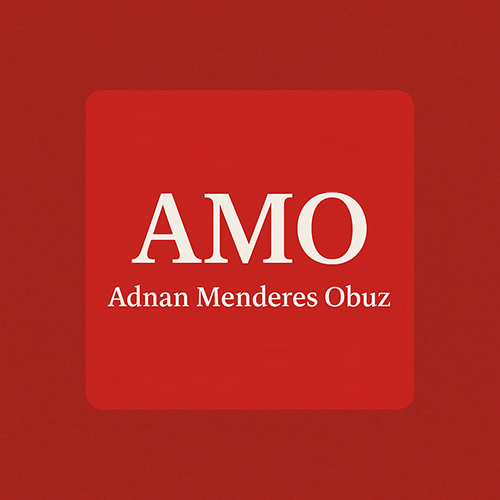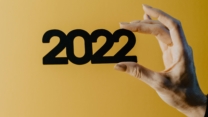“Timeless Leadership: What Ataturk’s Vision for Women Teaches Us About Building Inclusive Futures”
# The Legacy of Progress: Ataturk’s Vision for Women and What It Teaches Us About Modern Leadership
## Introduction
As we approach November 10th, we are reminded of Mustafa Kemal Ataturk, the founder of modern Turkey. His foresight and innovative approach to leadership continue to offer valuable lessons for our contemporary world. Among Ataturk’s many revolutionary ideas, his commitment to women’s equality stands out as both visionary and instructive. In 1923, when women’s rights in many parts of the world were still severely restricted, Ataturk embarked on a mission to reshape societal roles, thereby laying the groundwork for a progressive and inclusive society. This post explores Ataturk’s leadership and its relevance today, particularly in embracing gender equality as a cornerstone of progress.
## The Economics of Exclusion
Ataturk believed that excluding half of the population—women—from contributing fully to society was not just a moral failure but an economic impediment. As modern research corroborates, gender parity plays a critical role in enhancing economic growth. The World Economic Forum posits that closing the global gender gap could boost the global GDP by $12 trillion by 2025. Ataturk’s reforms, which opened avenues for women’s active participation in civic life, were driven by the understanding that no society can truly prosper while marginalizing half its population.
## Breaking Chains: The Radical Acts of 1923-1934
During a time when women in many Western nations were still fighting for their right to vote, Turkish women gained these rights in the early 1930s, thanks to Ataturk. This progress was no mere accident but the result of strategic reforms enacted to ensure societal progress through gender equality. Ataturk institutionalized this progress by:
– Abolishing polygamy and establishing civil marriage in 1926
– Guaranteeing equal inheritance rights
– Opening universities to women
– Appointing the world’s first female Supreme Court judge
– Adopting daughters and ensuring they received a superior education
As an example, his adopted daughter Sabiha Gökçen became one of the world’s first female combat pilots, symbolizing capability over tokenism.
## The Coco Chanel Connection
“A girl should be two things: WHO and WHAT she wants,” said Coco Chanel. Much like Chanel challenged societal norms around female identity, Ataturk’s legal and social reforms dismantled barriers that held women back. Despite fierce resistance, both Chanel and Ataturk persisted in their pursuit of freedom and equality, demonstrating that societal advancement is achieved when all individuals are empowered to fulfill their potential.
## The Modern Relevance
In my work as an AI strategy consultant and capital markets analyst, I’ve witnessed firsthand how diverse perspectives are essential to the success of modern organizations. The current AI revolution underscores this principle; when teams lack gender diversity, their outputs often reflect inherent biases. Ataturk’s enduring question resonates once more: “Is it possible that if half of a mass is tied to earth with chains and the other half can soar into skies?”
The response lies in recognizing that exceptional organizations and societies are built on inclusion. Whether navigating digital transformation or market disruption, businesses that thrive are those where diversity shapes strategic and operational decisions.
## Education as Liberation
Ataturk’s entreaty to women—to “win for us the battle of education”—highlights the transformative power of education as an equalizer. Educated women contribute to healthier families, greater economic participation, and intergenerational educational values, ultimately transforming communities. Between 1923 and 1938, Turkey’s literacy rate increased from 9% to 33%, reflecting this foundational shift.
## The Leadership Lesson
Leaders today confront choices similar to those Ataturk faced in 1923: uphold existing power structures or prioritize genuine progress. The latter is often uncomfortable, requiring the dismantling of systems that privilege some at the expense of others. The most successful organizations go beyond token representation to foster cultures where diverse perspectives actively shape strategy and execution.
## Conclusion: From Heritage to Future
As someone named Adnan Menderes Obuz Menderes Obuz, carrying the weight of history and the promise of progress, I believe in the enduring value of Ataturk’s legacy. His vision is not confined to nostalgia but serves as a blueprint for future success. As we face contemporary challenges—from AI transformation and climate change to economic restructuring—we must remove arbitrary barriers and unleash every individual’s potential. The question is not whether women can contribute equally but whether we are wise enough to create systems that allow them to do so.
Ataturk’s emphatic answer more than a century ago continues to guide us: societies flourish when they embrace inclusivity. As we strive to embody this ideal, we ensure not only a tribute to Ataturk’s legacy but also a commitment to progress that benefits future generations.
















Leave a Reply